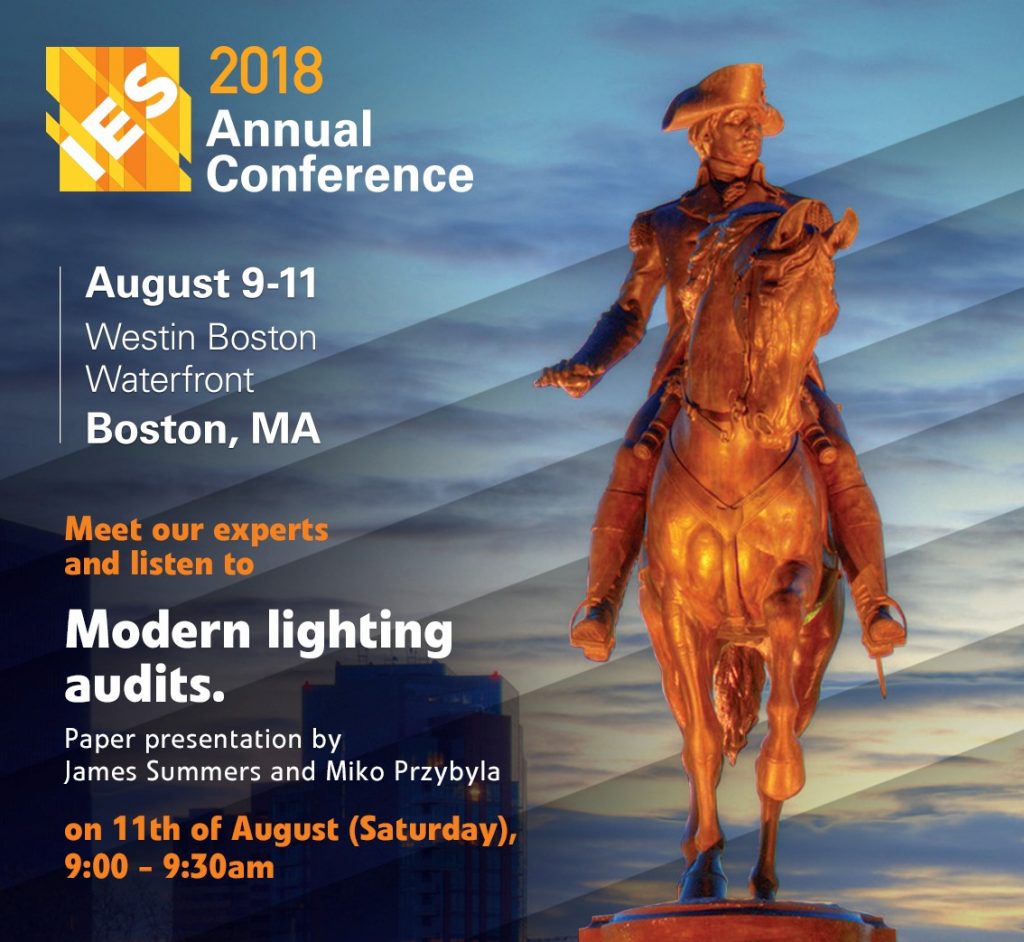Modern Lighting Audits. Technology supporting designers and contractors to verify lighting conformance. ABSTRACT:
LED product quality assurance has dramatically improved in recent years, but technology to automate and improve lighting audits has lagged behind. Most standards and system solutions are focused on lighting product quality during R&D and manufacturing operations. While these support lamp and luminaire manufacturers in achieving better product performance, efficacy and product compliance, end users have limited means to verify installed systems achieve their objectives.
Today, companies working to Well Building Standards or progressive state regulations such as California’s Title 24 building code, often struggle with onsite lighting quality evaluations and measurement of standards compliance. The extended scope and new metrics of these standards complicates installed quality verification. Further, a significant gap often exists between Computer Added Design software theoretical calculations and real world lighting implementations. Consequently, there is a growing need for dependable, practical and efficient on-site LED lighting verification tools and practices that can bridge the theoretical and actual environments.
This paper provides a detailed description of a novel auditing solution connecting CAD lighting design software with on-site measurements using special-purpose illuminance spectroradiometers. The result is a verification process that uses CAD plans as a design reference and audited real-world lighting levels and other quality metrics, identifying differences between the design and actual conditions.
We will also discuss the use of Imaging Luminance Measurement Devices in the practical verification of large luminance audits inside and outside buildings. While available design tools support engineers with calculation and simulation of luminance levels, little is available for onsite verification of designs. This is especially critical for architectural and road lighting installations.
Future lighting quality control systems should provide practical tools for comprehensive lighting audits in the field as such measurements will no longer be limited to laboratory environments.
You may visit the event’s program schedule here http://sched.co/FIhY
